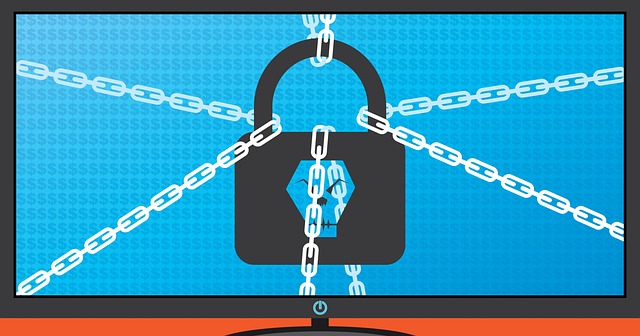
Protecting Your IT Infrastructure: What to Know About Ransomware Attacks
In today’s digital age, the cornerstone of any organization’s success lies in its IT infrastructure. However, this reliance on technology also opens up pathways for malicious actors to exploit vulnerabilities. One of the most threatening forms of cybercrime is the ransomware attack, where attackers encrypt vital data and demand a ransom for its release, leaving businesses in a precarious situation. Understanding the implications and dynamics of ransomware is crucial for anyone involved in informational technology.
As networks grow more complex and interconnected, the potential risks associated with cyber threats expand dramatically. A ransomware attack can devastate an organization, disrupting operations and causing data loss that could take months or even years to fully recover from. Many businesses fail to grasp the extent of these threats until they find themselves grappling with the aftermath of an attack. The feeling of panic and helplessness in such situations is palpable, especially when sensitive customer information or critical internal data is compromised.
Protecting your IT infrastructure starts with a solid understanding of common vulnerabilities. For instance, outdated software, weak passwords, and inadequate backup solutions can leave your systems exposed to a ransomware attack. Employee training is equally important; often, successful attacks stem from phishing emails that users inadvertently open. Regular training sessions can educate staff about recognizing suspicious activities and maintaining cybersecurity best practices.
Moreover, investing in robust security solutions is non-negotiable. Firewalls, anti-virus software, and intrusion detection systems can bolster the defenses of your IT environment against potential breaches. Regular updates and patches to all software should be a part of your organization’s routine to close security gaps that attackers can exploit. In the face of a ransomware attack, this proactive approach can serve as a first line of defense.
Data backup is another critical area. Storing backups on a separate network can often be the deciding factor between a minor inconvenience and a catastrophic loss. When data is backed up properly, even in the event of a successful ransomware attack, organizations can restore operations without having to pay the ransom. This strategy not only mitigates risks but also instills a sense of security among stakeholders, showing them that the organization is prepared for the worst.
It’s important to formulate an incident response plan that outlines the steps to take in the event of a ransomware attack. This plan should include identifying key contacts, outlining communication protocols, and designating responsibilities for data recovery and forensic investigations. The clarity provided by such a plan can help mitigate chaos and ensure a coordinated response in a crisis.
Finally, consider the value of cyber liability insurance. While it cannot replace the data you might lose in a ransomware attack, it can offer financial protection and resources to help manage the fallout. As technology evolves, so too must our approaches to safeguarding our IT infrastructures. By staying informed and implementing effective strategies, organizations can significantly reduce their risk and build a resilient digital environment.



